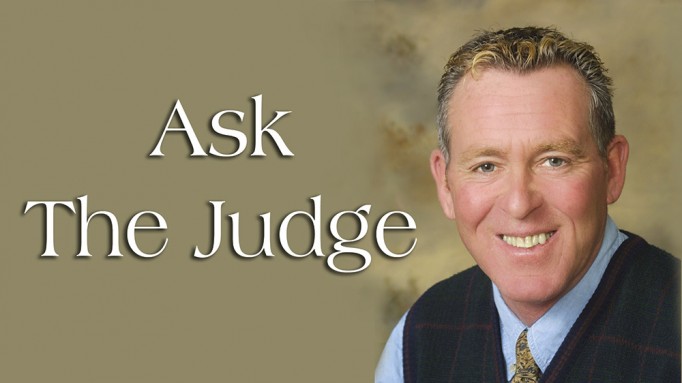What bit do you like to see in the under-saddle hunter class?
Whatever bit your horse goes best in. I am judging movement, not tack. To me, a horse in a plain snaffle or D-bit whose performance is as good as one in more bridle (for example, a pelham) would get the edge. I am not offended by more bridle, but less is best. When a horse or pony comes into the ring overbridled, I instantly have the impression of a strong horse or runaway pony. If, as the class progresses, none of the above happens, I pin it accordingly. I also think that the trainer and rider need to decide what bit enhances the overall picture.
What do you think about “training” a hunter in the ring while the show is in progress?
Once competitors enter a recognized show, we would hope that their horses are prepared because their homework has been done at home. Unfortunately, horses sometimes find a way of making us look unprepared, and often it is necessary to reprimand a horse in the ring. It is crucial, however, that all disciplining be done in a professional manner without abuse.
Tight horse show schedules do not allow time for “training” in the ring, so if you have a more serious problem it should be taken to the warm-up ring, not dealt with in the show ring. I might add that training a hunter in the ring often leaves the judge with a poor impression of horse and rider.
Should a rider use a two-point seat position in an equitation class?
With the technical difficulties proposed in today’s medal and equitation classes, it is advisable for the rider to use a modified three-point position. The upper body is inclined at about 10° and the seat is light, but in contact. The rider needs his upper body to ride the tight distances and turns in the course, backing up the shoulders to shorten the stride and balance the horse. The two-point position (with the seat out of the saddle and the body inclined at a 20° angle) is too much of a “hunter” seat for the equitation ring. A “perched” ride is not an effective ride.
How much do you penalize a horse that plays on course?
This depends on the “playing.” If a horse swishes his tail or pins his ears during a lead change, or simply throws his head, it may be slightly forgiven depending on the quality of the class. Playing in the form of bucking or extensive shying is not acceptable behaviour, as danger comes into play.
Has a judge ever given a score of 100 to a hunter?
As a matter of fact, USEF judge Leo Conroy gave a perfect score to Rick Fancher and Asczar at the 1997 Capital Challenge Horse Show in Maryland. To Leo, this round was perfection. The second judge gave Rick a 95. Different angles, different perspective.
What is the highest score you ever gave?
I gave Roxdene a score of 98 at the Washington International Horse Show. In hindsight, I could probably have given her 100. My judge’s card had no other notations on it other than perfect jumps!

